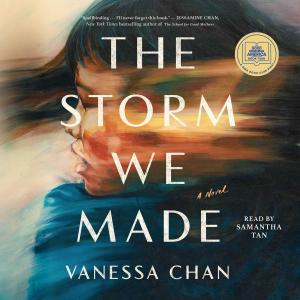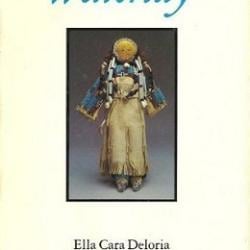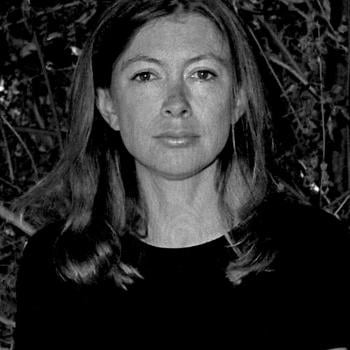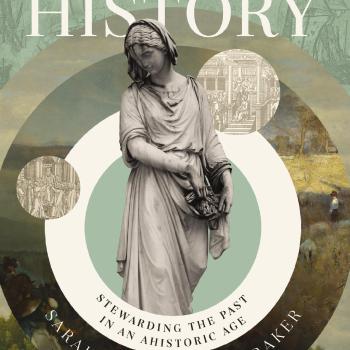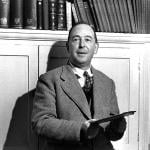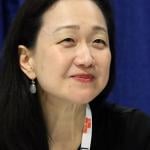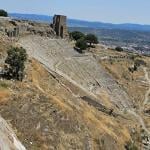Last month’s post I briefly discussed the topic of summer reading. Before that post, I also wrote about how I plan on using historical fiction to craft a faith integration project. In about a month, I will be presenting that model at a conference.
An essay that I looked at to help prepare my upcoming presentation is writer Vanessa Chan’s “It’s Time to Rewrite the Rules of Historical Fiction.” According to Chan, who’s debut novel The Storm We Made just came out, people would often ask her about her writing process. When they found out she was writing a book of historical fiction, Chan asserts that “they want to understand the ways you stitched the broken shards of history together.”
Chan presents at least two examples of approaching historical fiction. First, there is writer Min Jin Lee’s approach. Lee embodies the novel writer that emphasizes the historical when writing fiction. She has the reputation of being a “prodigious, inveterate researcher, who takes a journalistic approach to writing her novels.” Lee’s two novels are Dickensian in size and in character development. The characters in her novels seem like real life, flesh and blood people from history. This all makes sense when realizing that Lee was a History major. In fact, she had more than ten Banker Boxes filled with writing notes for her novels. She takes years to research her novels.
Second, there is Chan’s approach. Instead of rummaging through archives and a stack of primary and secondary sources, she sought out the memories of her family members. Chan argues that oral histories are no less historical sources than your average history book, and that sometimes family stories will often highlight information ignored by history’s chroniclers. She insists on this approach especially for history that is often marginalized. Chan declares: “Memories are records. Yes, there is a shakiness to memories and a patchiness to oral history. But the power of fiction is its ability to transcend the wobbliness of facts—to write shaky moments into concrete existence and make them sturdier than the historical event.”
Lee and Chan present models that make history writing dynamic because of their skills as novelists. Historical fiction is a genre that presents a bridge for history toward the general population. It is like a breath of fresh air that accompanies a history lecture or documentary. In fact, I believed in this idea so much that when I taught a summer bridge history course, I had two novelists, Reyna Grande and Kali Fajardo-Anstine, talk to the students live on Zoom about the material they read. The novelists made history come alive for my students. The students received a crash course in US History, reading carefully chosen primary and secondary sources, but their final assignment was presenting an oral history of a family member. The students discovered a dynamic history in their own homes, and that they were related to their very own storytellers. Yes, I could have sought after any number of historians to help iron out this process, but the writings about family that moved me the most came from novelists. Indeed, Fajardo-Anstine’s essay “On Roots and Research,” which is cited by Chan in her essay and in my essay “Literature As Absolute Necessity,” is a fantastic follow up article to Chan’s piece.
*
I just finished Lee’s debut novel Free Food for Millionaires. Her other novel Pachinko is ranked among my top five, and is a crowning example of a well researched book. However, even though Millionaires is based in contemporary times, in its own Dickensian way, the book captures the historical ups and downs of a Korean American family in New York, much like Dickens did of nineteenth century London. Again like Dickens, the book is 660 pages, but reading the novel was not arduous or daunting since the story immediately draws the reader in. Both of Lee’s novels have this power. The fact that Casey Han, the book’s protagonist, walks around carrying George Eliot’s tome Middlemarch and Charlotte Brontë’s Jane Erye plays a key role in the story illustrates Lee’s acknowledgment of her novel writing inspiration.
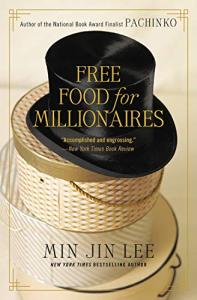
It is another book, however, that makes a number of appearances that has a key role in both of Lee’s novels: the Bible. Casey’s story is full of drama; her life is messy but she’s self aware. In spite of the problems Casey struggles with, she faithfully attends church. More importantly, Casey daily reads a chapter of the Bible with her notebook by her side. This is a morning routine Lee also commits daily.
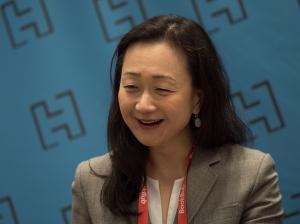
When I read fiction I brace myself when spiritual themes or depictions of religious communities arise. On the one hand, I fear the hit piece element of someone who has an ax to grind with organized religion. On the other hand, I get bored with the safe, sanctimonious depictions of communities of faith as well (Hallmark Christmas movies is where I draw the line—they are wonderful).
Lee’s depictions of faith go against these two tropes. Her characters are the sort of people you might expect to meet at a church function. These are real Christians. For example, when one character is confined to her bed because of a tragic incident, the members of her church visit her, singing hymns—the church comes to her (FFFM, 612). Even Casey, for all her messiness, is a realistic model of just a normal believer, somewhat agnostic, trying to survive in our world. Lee is a master crafting “her intimately drawn characters” and even more so when it comes to characters of faith.
As we view the daily bad news, what will one day be the broken shards of history someday, it is someone like Casey, or one of my other favorite literary characters, the minister Baek Isak from Pachinko, who model the character qualities that inspire. I know fiction is not here to serve as a manual for ethics, yet historically conscious writers like Chan and Lee help illuminate history and our own social-political situation. Lee declares that history has failed us, especially the marginalized. However, she holds out hope “because regular people, ordinary people, have resisted and survived;” they still continue to resist and survive. Thus fictional stories about ordinary people help ground our history to be more human, and in Lee’s literary world, more faithful.
In closing, I love to finish a big novel like Free Food for Millionaires. It is always hard for me to pick the next book (usually much smaller in size). I tend to search out interviews and podcasts to find out about the novelist’s creative practice. Podcasts are also a good way to discover a brand new book or even an old book (for example, check out Lee’s podcast interview with scholar Nancy Wang Yuen). To maintain a global, historical mindset, keep eyes open for new historical fiction especially thanks to the hard work of translators. Next month I will highlight another of my summer reading books/authors.


